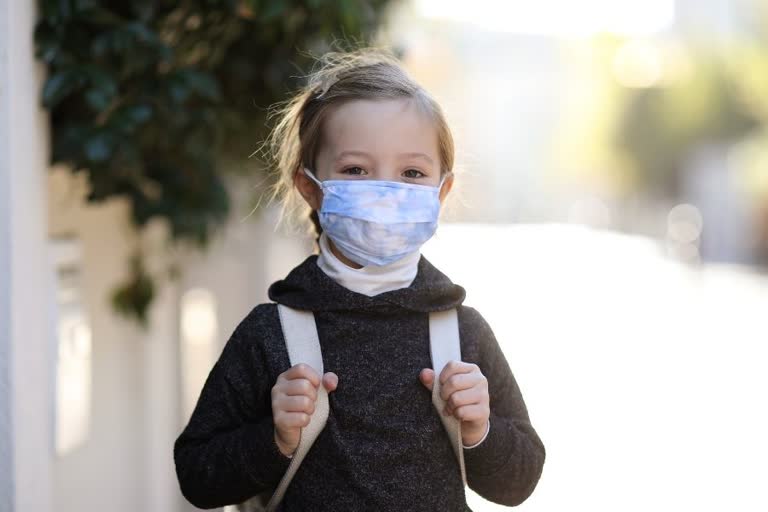An observational study, published recently in the journal Pediatrics, describes 75 children who came to the Boston Children's Hospital emergency department (ED) with croup and COVID-19 from March 1, 2020, to January 15, 2022. The researchers noted that some cases were surprisingly severe, requiring hospitalisation and more medication doses compared to croup caused by other viruses, adding that just over 80 percent occurred during the Omicron period.
"There was a very clear delineation from when Omicron became the dominant variant to when we started seeing a rise in the number of croup patients," said study first author Ryan Brewster, from Boston Children's Hospital and Boston Medical Center.
Croup, also known as laryngotracheitis, is a common respiratory illness in babies and young children. The illness is marked by a distinctive barking cough and sometimes noisy, high-pitched intakes of breath known as stridor. It happens when colds and other viral infections cause inflammation and swelling around the voice box, windpipe, and bronchial tubes. In severe cases, including some seen at Boston Children's, croup can dangerously constrict breathing, the researchers said
Previous studies of COVID-19 in animals have found that the Omicron variant has more of a "preference" for the upper airway than earlier variants, which mainly targeted the lower respiratory tract. This may account for the sudden appearance of croup during the Omicron surge, Brewster said. Most of the children with COVID-19 and croup were under age 2, and 72 percent were boys. Except for one child with a common cold virus, all others were infected with SARS-CoV-2.
Although no child died, nine of the 75 children with COVID-19-associated croup (12 percent) needed to be hospitalised and four of them (44 percent, or 5 percent of the total) required intensive care, the researchers said. By comparison, before COVID-19, fewer than 5 percent of children with croup were hospitalised, and of those, only 1 to 3 percent required intubation, they said.
Overall, 97 percent of the children were treated with dexamethasone, a steroid. All of those who were hospitalised received treatment which is reserved for moderate or severe cases, as did 29 percent of children treated in the ED. "Most cases of croup can be managed in the outpatient setting with dexamethasone and supportive care," said Brewster. "The relatively high hospitalisation rate and a large number of medication doses our COVID-19 croup patients required suggests that COVID-19 might cause more severe croup compared to other viruses," he added.
(PTI)
Also Read: 70% long Covid patients face memory, concentration problems: Study



